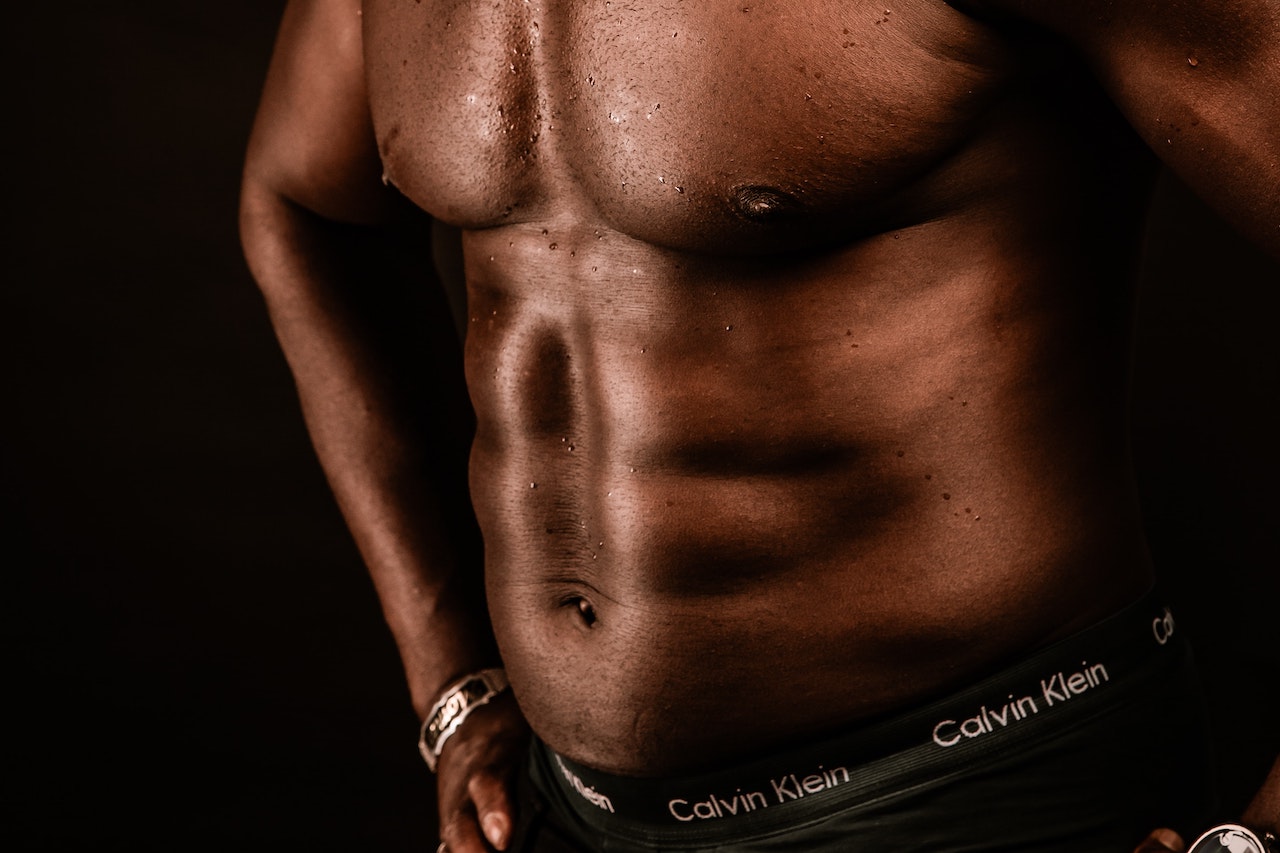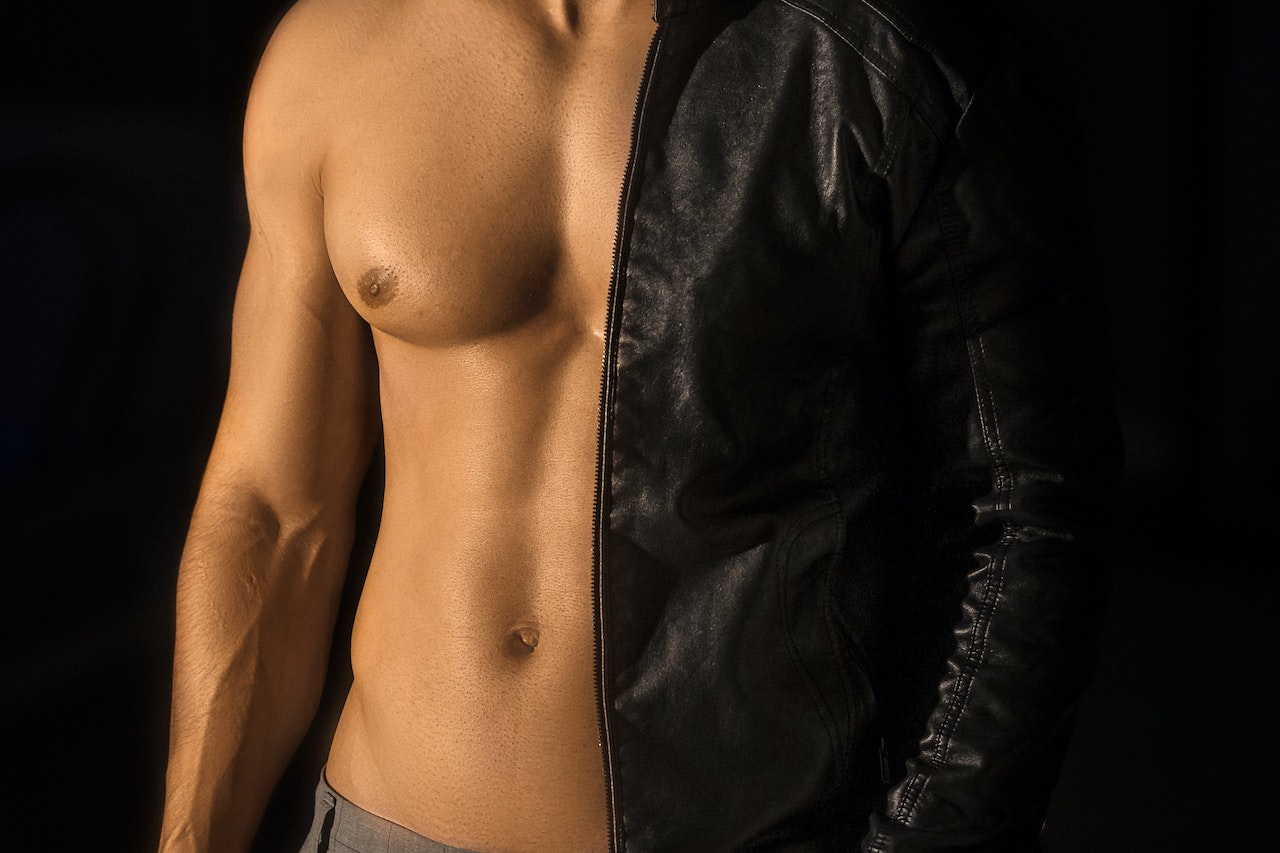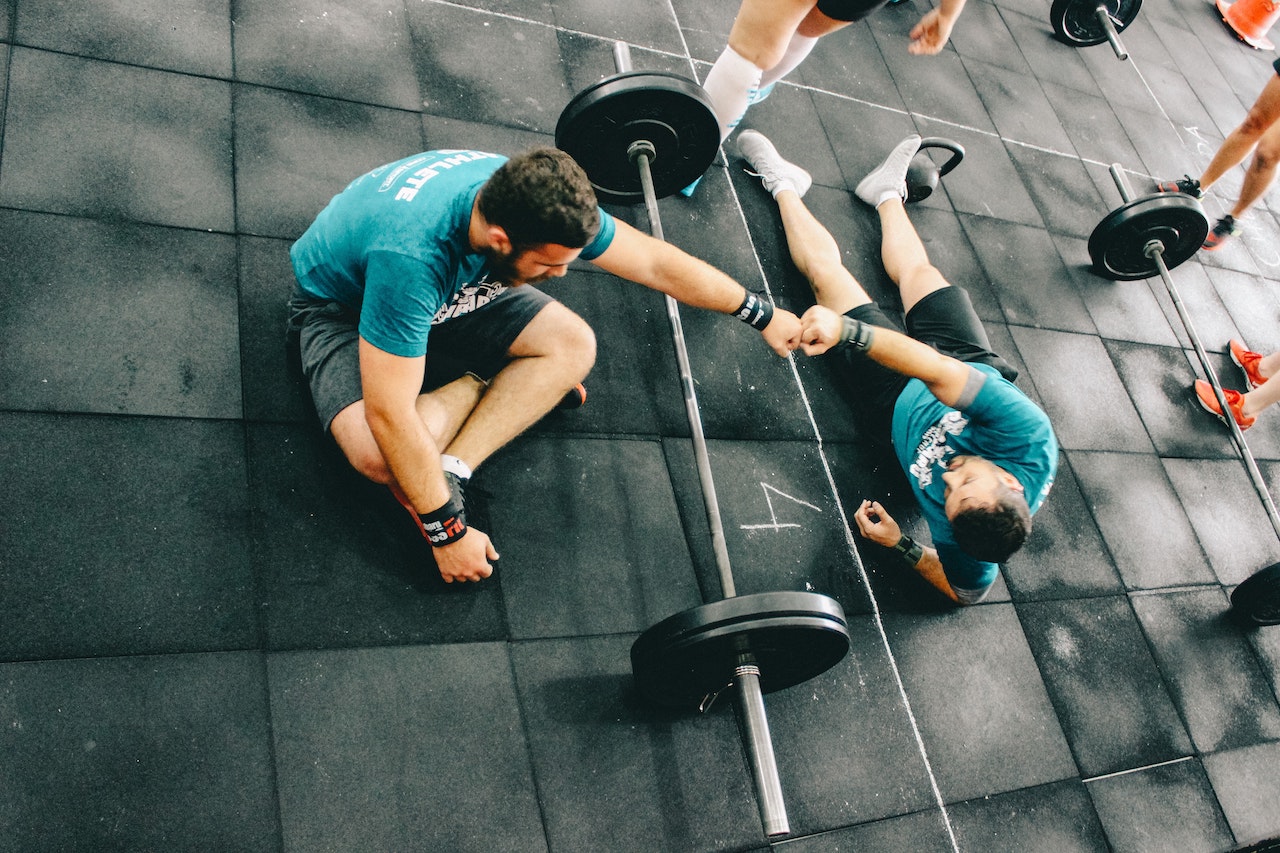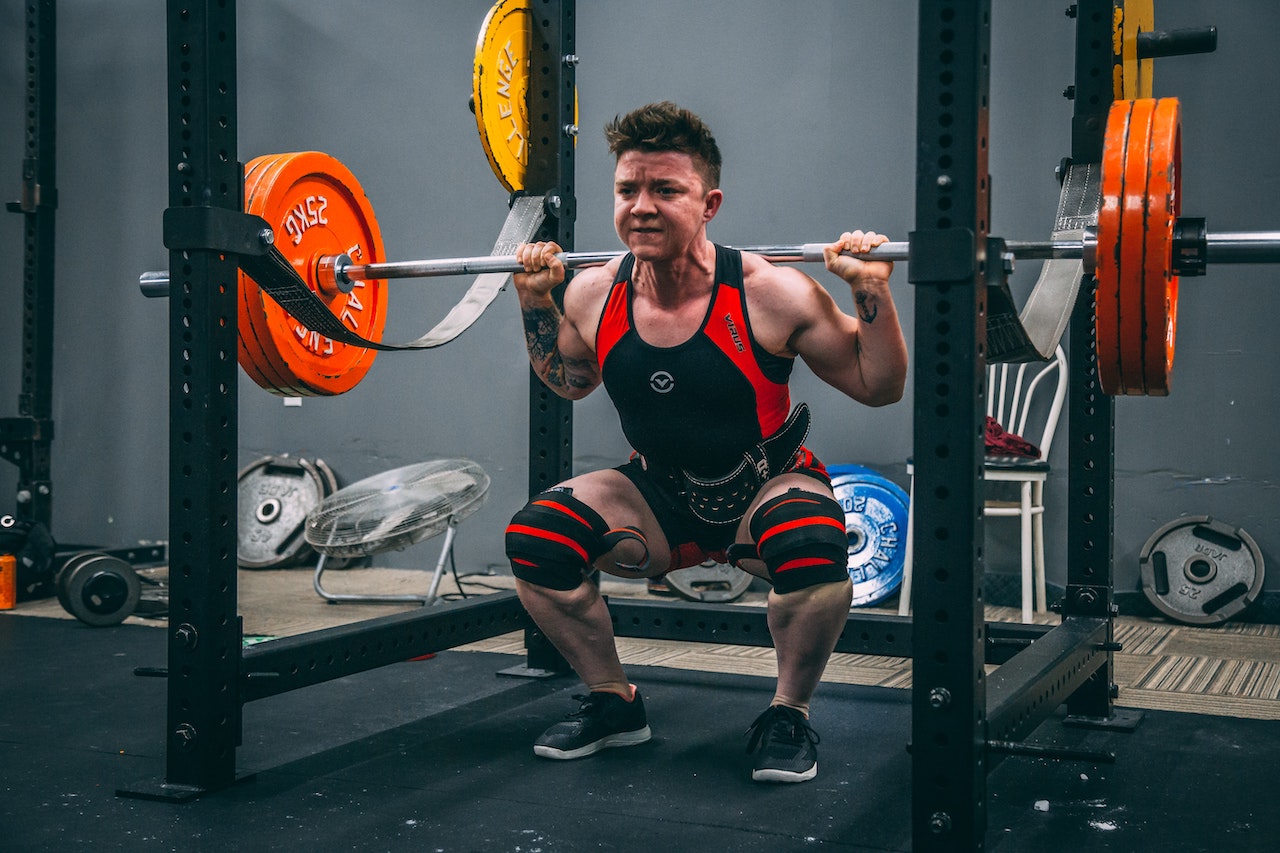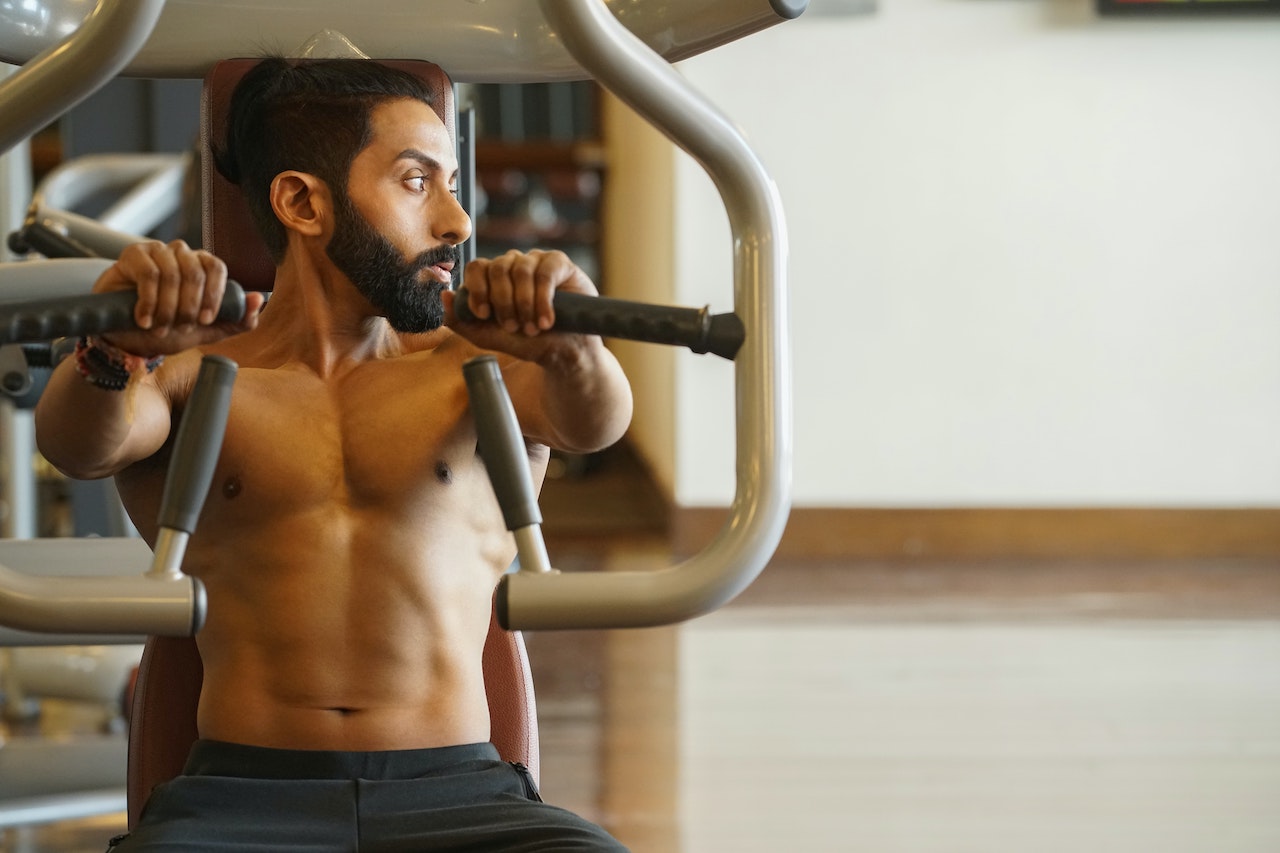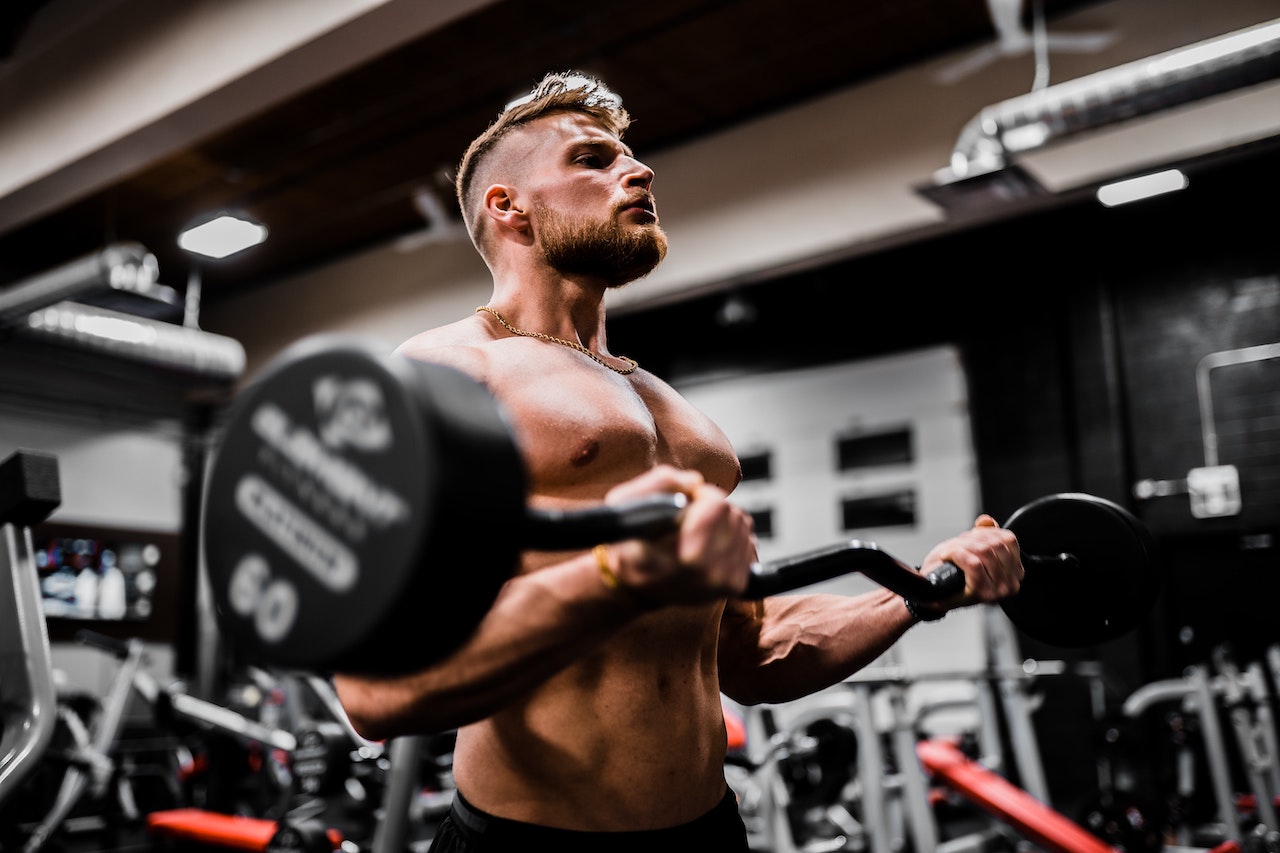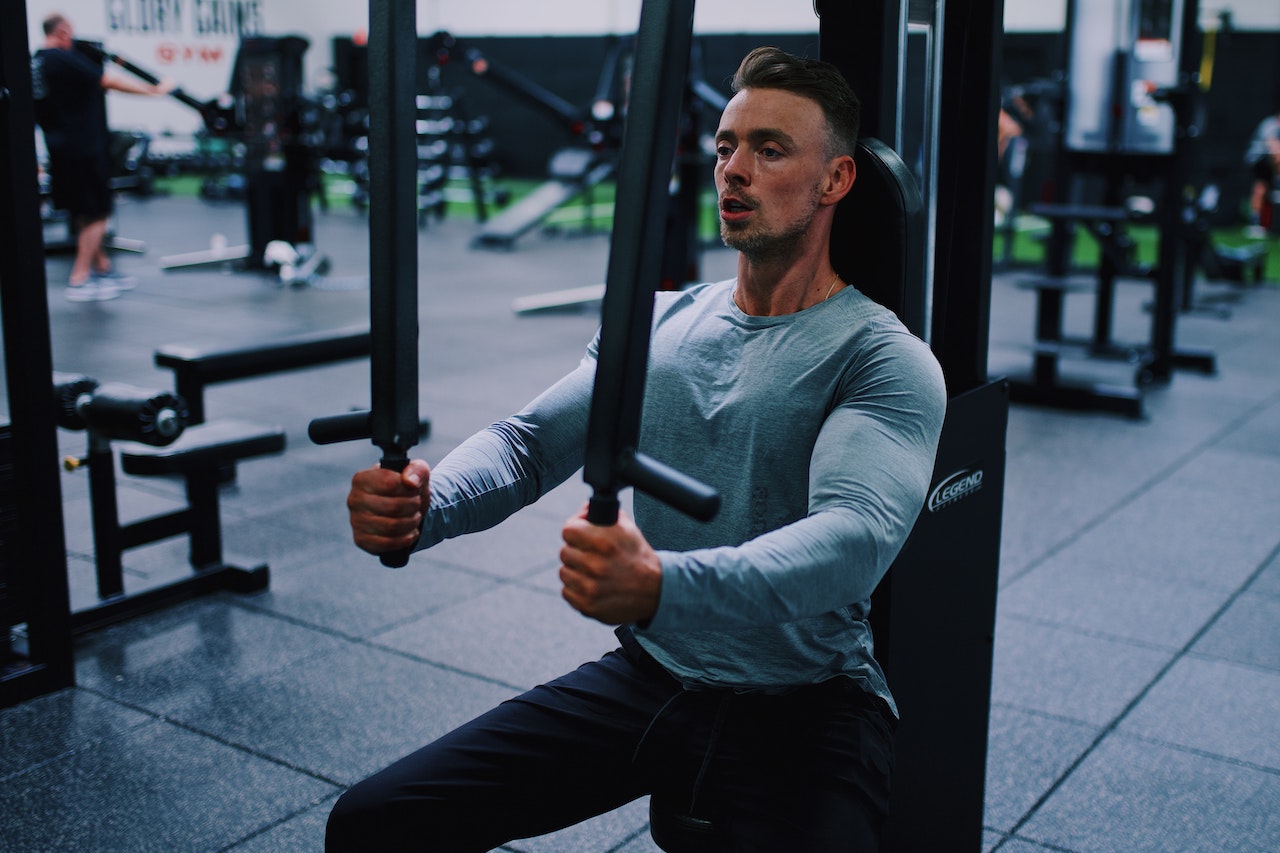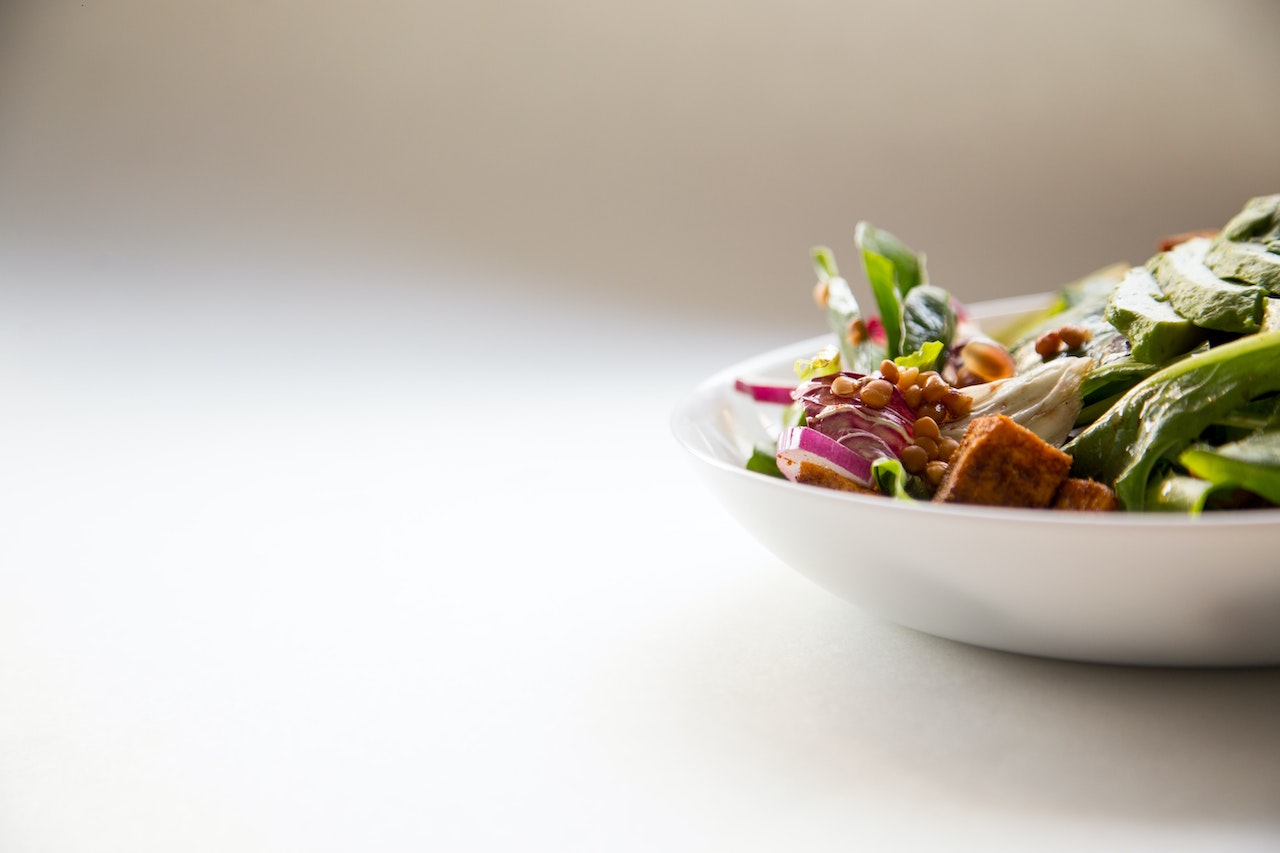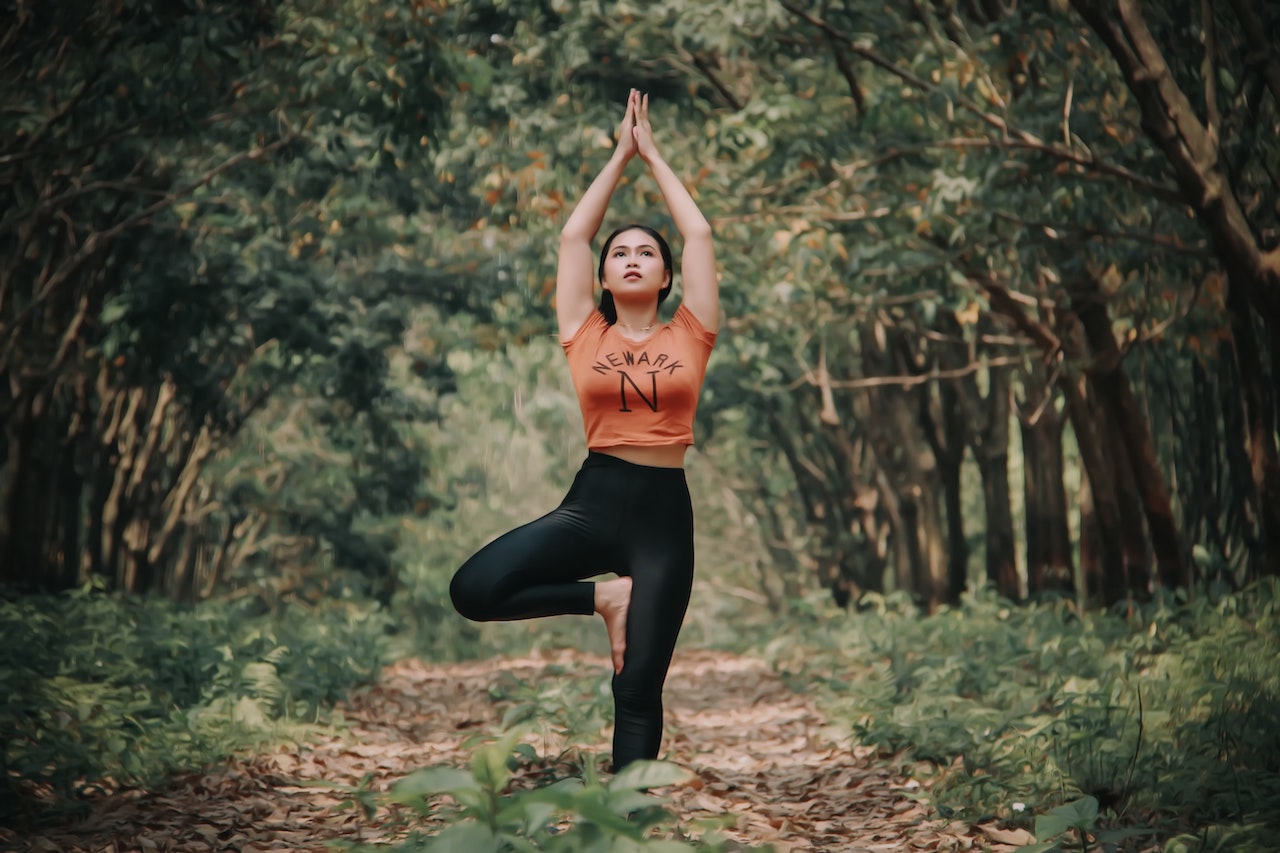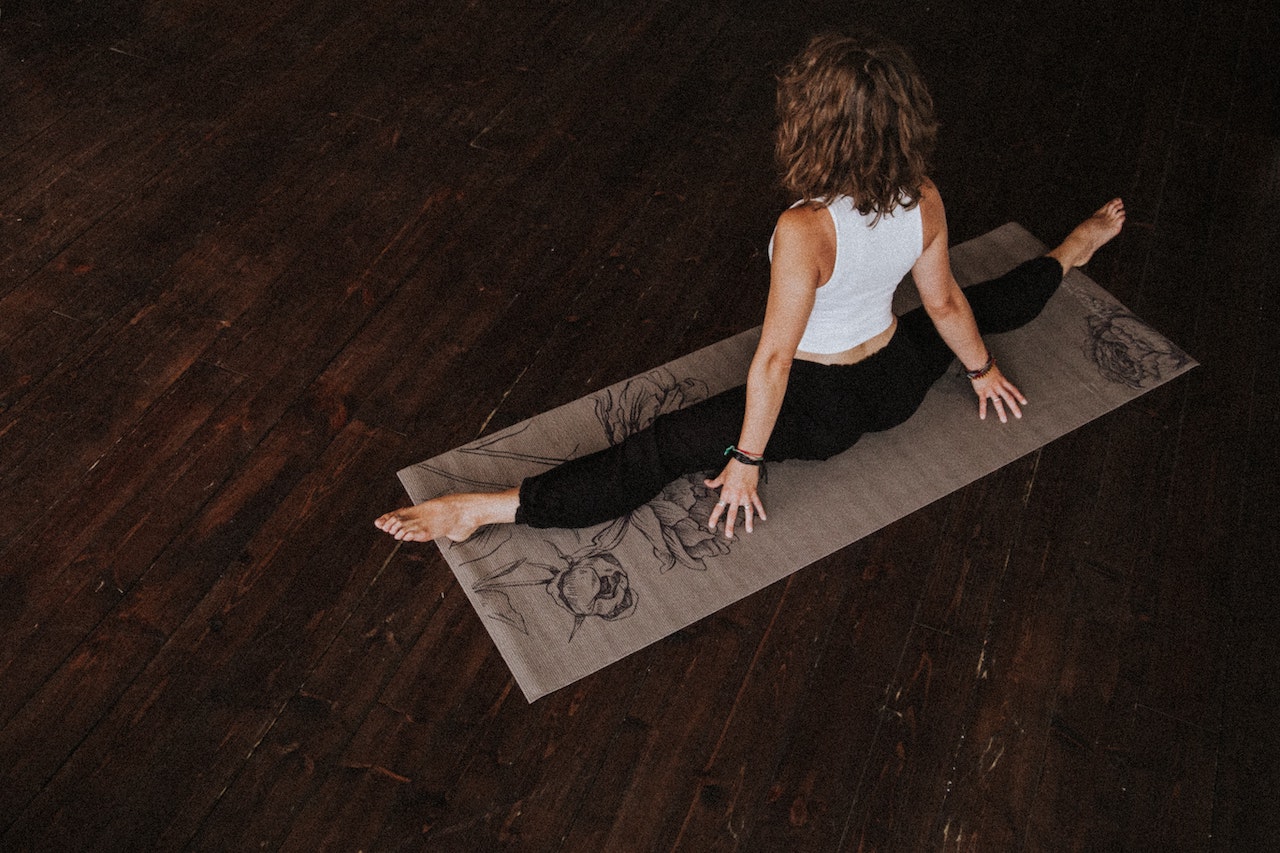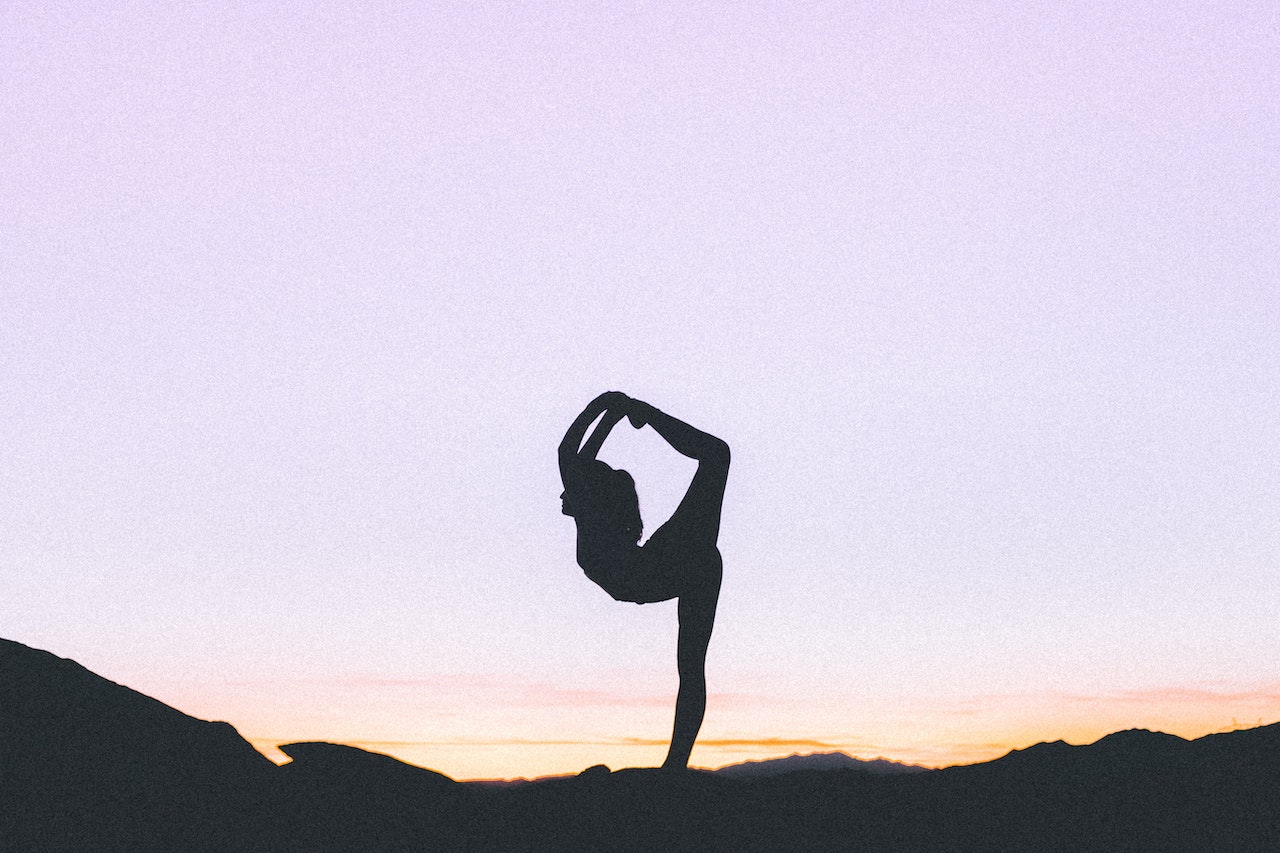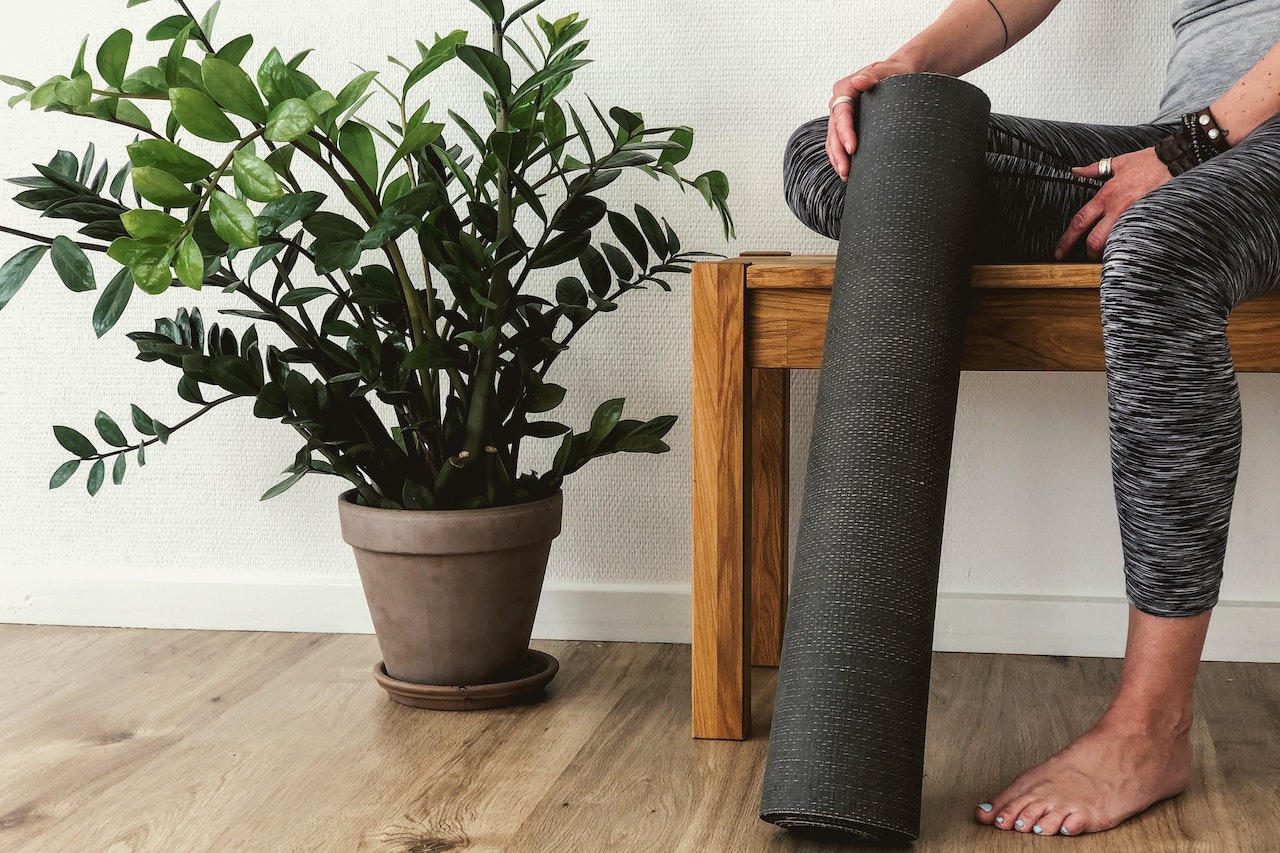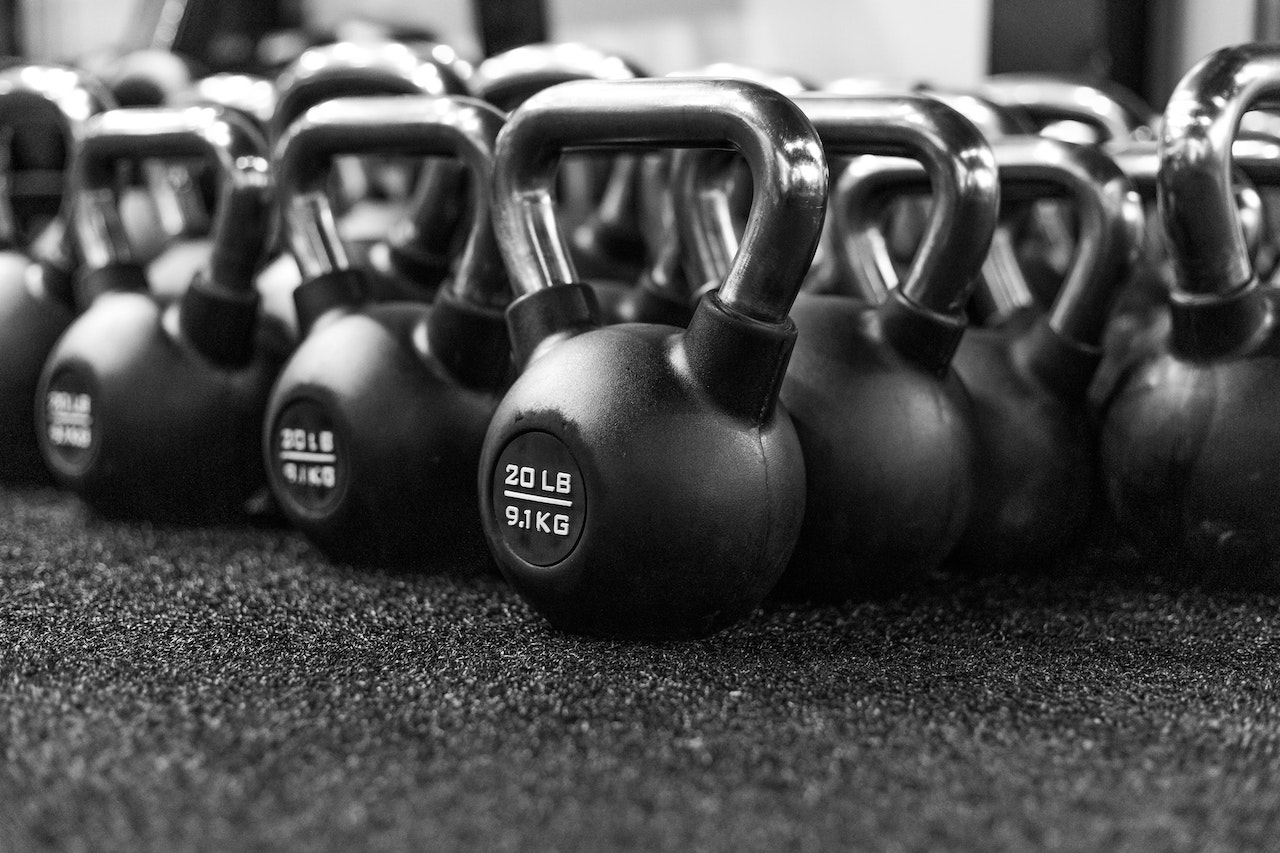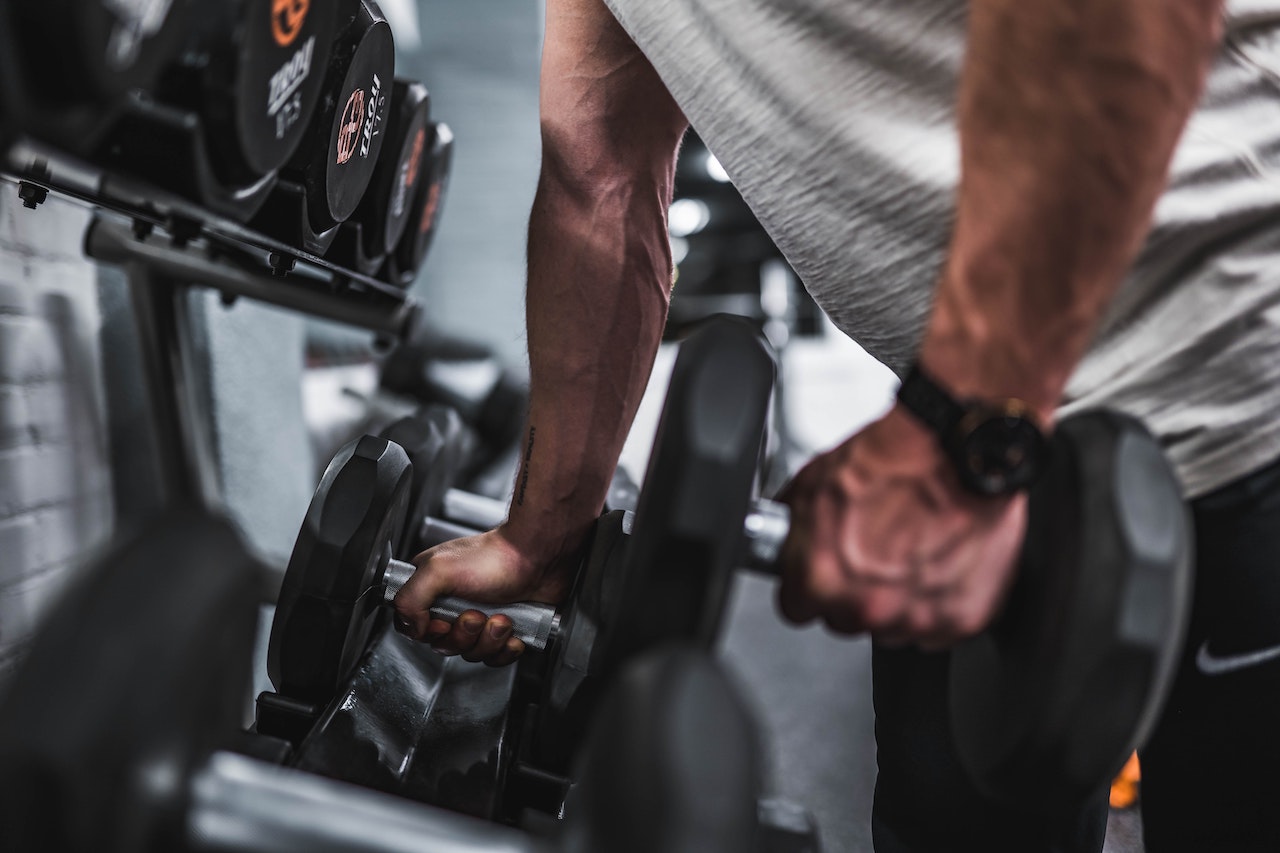you love to sweat in the gym, you love the pumping sensation and the thrill of sore muscles. You don't feel your shoulders and you are particularly discouraged. What if you use the same method as you use for your chest to train your shoulders? There is always a way to train your shoulders, as they have a special structure and a smaller muscle size.
Complete 50 or more lateral planks in one set, this makes the shoulders look wider and the pumping sensation lasts all the time. Unfortunately not everyone is a pro, and what works is worth learning!

we know that we need muscle in the summer, and that the plan needs to be learned, the bigger the shoulders the bigger the arms look and the smaller the waist. For most guys in the gym, the shoulders are an area that is easily overlooked. Here the secrets of shoulder training are revealed and how they are trained.
Think of the deltoids as three different muscles, the deltoids have an anterior, posterior and middle bundle. Many guys just do push-ups, which don't affect any of the deltoid bundles. Start with compound movements, like barbell push-ups. It is also important to differentiate the training.

as for how many times a week and for how long, 6 days of workout differentiation. Work your muscles by individual areas for 5 days, then do an improvement workout for a particular area on day 6. If your shoulders need improvement, then work them twice a week with three or four days in between as a recovery time.
Exercise 1: Barbell overhead press
this is the big move for shoulder training. Start with a warm up and concentrate on keeping the muscles under tension (i.e. The time it takes to move the barbell), putting it down for 4 seconds and pushing it up for 2 seconds, thus strengthening the shoulder muscles at the start of the workout.
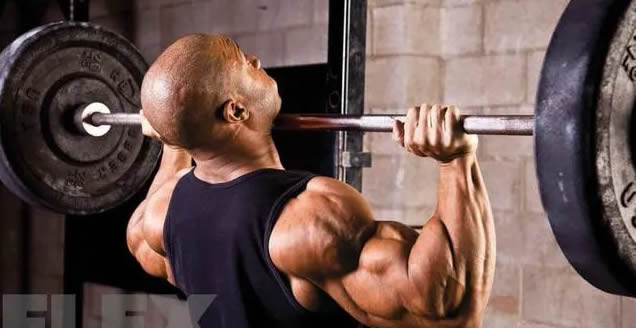
sets: 2 warm-up sets, 18-20 reps, slow speed; 4 formal sets, 10-12 reps each
movements.
L feet shoulder-width apart, core tight, barbell in front of shoulders, palms forward. This is the starting position, tighten the muscles and push the barbell upwards, squeezing the shoulder blades at the highest point of the movement. Lower the barbell in a controlled manner.
L increase the weight with each set, resting for 1 minute between sets. Finish with 3 decreasing sets: Choose a weight that can be completed for 10 reps for the first set, then immediately reduce the weight by 10% and do another 10 reps without resting in between, then repeat again.
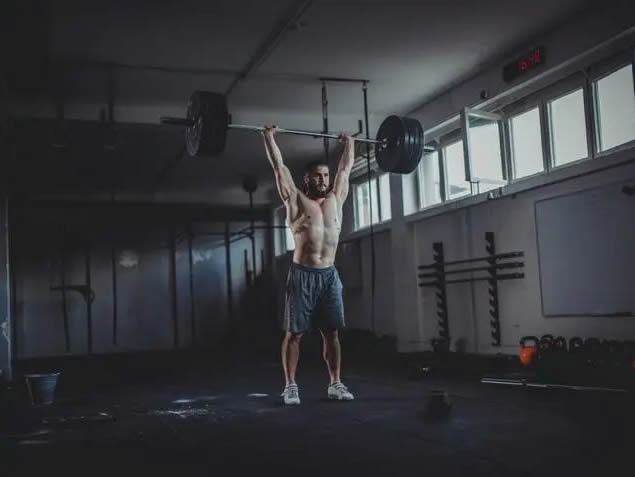
replacement movement 1: Dumbbell push-ups
if you don't like barbells or can only use dumbbells, this is an alternative to barbells. Start with a warm-up to fill the muscles with strength and get the blood flowing to the right areas.
Sets: 2 warm-up sets, 18-20 reps, slow pace; 4 official sets, 10-12 reps each
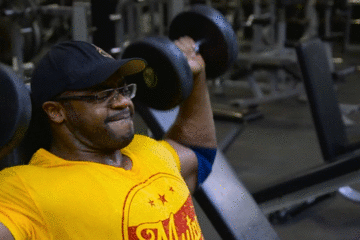
movements.
L prepare for a shoulder-width position by grasping two dumbbells and lifting them for 10 reps as far as your muscles can control them well. Lift the deadlifts and place them on your shoulders with your palms forward. Breathe steadily and drive your elbows to push up.
L increase the weight in increments with each set, resting for 1 minute in between. Finish with 3 sets of decreasing sets: Choose a weight that will complete 10 reps for the first set, then immediately reduce the weight by 10% and do another 10 reps without resting in between, then repeat again.

exercise 2: Side planks with dumbbells/rope equipment
the side planks train the middle bundle of the deltoids, an often overlooked area that is underdeveloped in many of our guys. Don't be doing the wrong form of the movement. Keep your back and body in the correct position and if you do manage to use the borrowed strength correctly, do a tiny swing on the last three movements. If there is significant pressure on the lower back, stop the borrowing to complete the movement.
Sets: 2 warm-up sets of 18-20 reps each; 4 formal sets of 10-12 reps
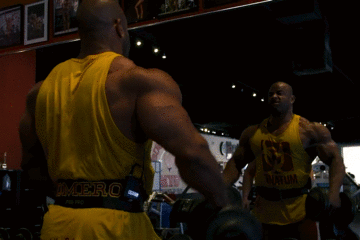
movements.
L stand with a dumbbell on each side or use a rope so that the pulley is at its lowest point, holding the left handle with the right hand and the opposite with the other. Stand with your feet shoulder-width apart, lean slightly forward at the hips, push your abdominals in and bring your shoulder blades together, lift the weight to your sides and lower the weight under muscle control.
L increase the weight for each set, resting for 1 minute in between. Last set or last 10 reps: Double the weight and repeat 10 times, this increases blood flow and expands the fascia (connective tissue) around the muscles.

replacement movement 2: Prone upward incline dumbbell side planks
if you find that there is too much body swing, or that other muscles are involved in the movement, you can use the upward incline plate to properly isolate the deltoids. This is for muscle contraction, not just a point-to-point movement, and to reduce the weight used.
Sets: 2 warm-up sets, 18-20 reps; 4 formal sets, 10-12 reps
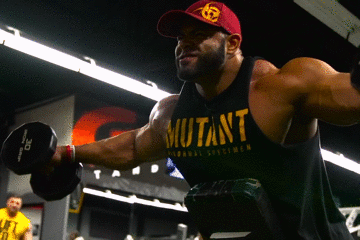
movements.
L set the upper incline plank to a 45 degree angle. With your chest facing down, bend over the upper incline plank with two dumbbells on the floor. Making sure you are firmly on the upper incline plank, hold the weights, tighten your core, squeeze your shoulders and lift the dumbbells up on either side of your body, then slowly lower them.
L increase the weight for each set, resting for 1 minute in between. Finish the movement with a partial set: A partial set using double the weight to complete 10 reps of a partial range of motion.

training move 3: Butterfly machine reverse flyes
this movement really isolates the posterior deltoid bundle and does not need to be done too heavy. Using the reverse butterfly machine ensures a constant resistance during both the centrifugal and centripetal phases of the movement, which also allows more muscles to be trained.
Sets: 2 warm-up sets, 18-20 reps, slow speed; 4 official sets, 10-12 reps each
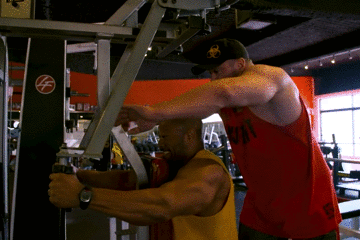
movements.
L adjust the seat so that the handles are flush with the shoulders and that the handles are right at the rear bunch after sitting backwards. Hold the handles with palms facing each other. This is the starting position for the movement. Tighten the body and pull the arm outwards and backwards through the horizontal arc of the butterfly handle. Return in the same direction under muscle control.
L increase the weight with each set, resting for 1 minute in between. Finish with three decreasing sets: Choose a weight that will complete 10 reps for the first set, then immediately reduce the weight by 10% and do another 10 reps without resting in between, then repeat again.
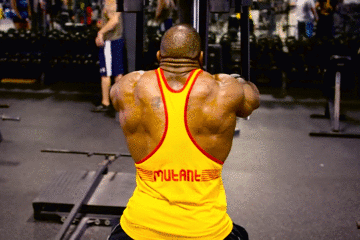
training movement 4: Rope reverse bird
in this movement, the muscles' attention is steady and good control can be obtained. Use a weight that can be completed slowly for 10 reps and control to allow the rope to return quickly, keeping the muscles tense at all times.
Sets: 2 warm-up sets of 18-20 reps, slow speed; 4 official sets of 10-12 reps each

movements.
L stand in the middle of the gantry and place the pulley in the highest position. As with the side planks, grasp the handles with a different side hand, but this time pull the handles to your chest. Lean forward slightly and extend your arms outwards and downwards. There should be a full, complete muscle stretch.
L increase the weight of each set, resting for 1 minute in between. End the workout with a partial set: Complete 10 reps of a partial range of motion using double the weight for the partial set.
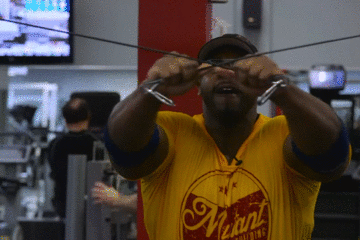
exercise 5: Front planks
this rather painful movement stimulates the anterior deltoid bundle and does not allow slackening. A reasonable weight must be chosen as too much weight will put all the stress on the lower back and less on the deltoids.
Number of sets: 4-5 official sets of 15 reps each

movement.
L hold a barbell sheet or barbell with your hands at hip height. With feet shoulder-width apart, tighten core and shoulder blades and lift weights with straight arms to shoulder level. Keep breathing. Lower the weight under control.
L always keep the same weight, unless it feels too difficult or too easy, in which case adjust accordingly. Rest 1 minute between sets. Each movement should be 4 seconds on and 4 seconds off.

full shoulders are also key to improving the balance of the body that every little one seeks. If you've been neglecting the overall development of the three muscle bundles in your shoulders, use this programme now!

